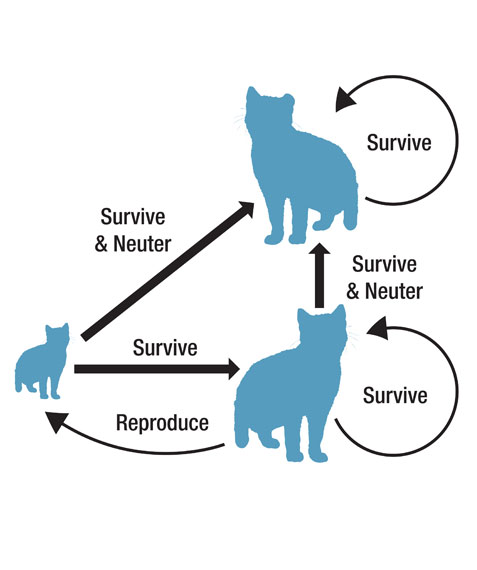

Ecology is the study of how and why populations vary across space and time. Our goal is to develop models that predict population size across an entire network, validate those models using data and make sound inference about the factors driving population dynamics. By analyzing these models we can provide practical advice to managers, society and policy makers. Most models that we consider are holistic in the sense that they attempt to understand an entire complex system or network which makes the development of such models long and tedious. For example, we developed the first population model for a migratory animal across the annual cycle to determine which threat was causing observed population decline. However, these dynamic models form the backbone of robust decision analysis because any action (or inaction) has reverberations across the entire network that influence the probability of reaching our conservation objective. This is especially true when considering variation in density dependence and carrying capacity across a network.
The main output of our research are spatially structured network models for species of concern. These population models are usually built with understanding the drivers of population dynamics and making predictions under different management scenarios. Hence, our models provide testable hypotheses about population regulation and the role of density dependence. The common structure of the models allows new data and vital rate estimates to be incorporated into the models which ensures the best and relevant tools are available for scientists and decision-makers. Two or more population models can be linked if two species interact through predation, competition, or host-parasite relationships which will be increasingly important in human-dominated environments.
Techniques used include: linear and non-linear statistical models; ordinary differential equations; deterministic and stochastic matrix models; integrated population models (Bayesian)
Current work and opportunities: seasonal (periodic) population models; integrating demographic vital rates and migratory connectivity; spatially-explicit population models; integrating GIS, stochasticity, demography and population dynamics
© 2024 Tyler Flockhart | Solutions for complex ecological problems